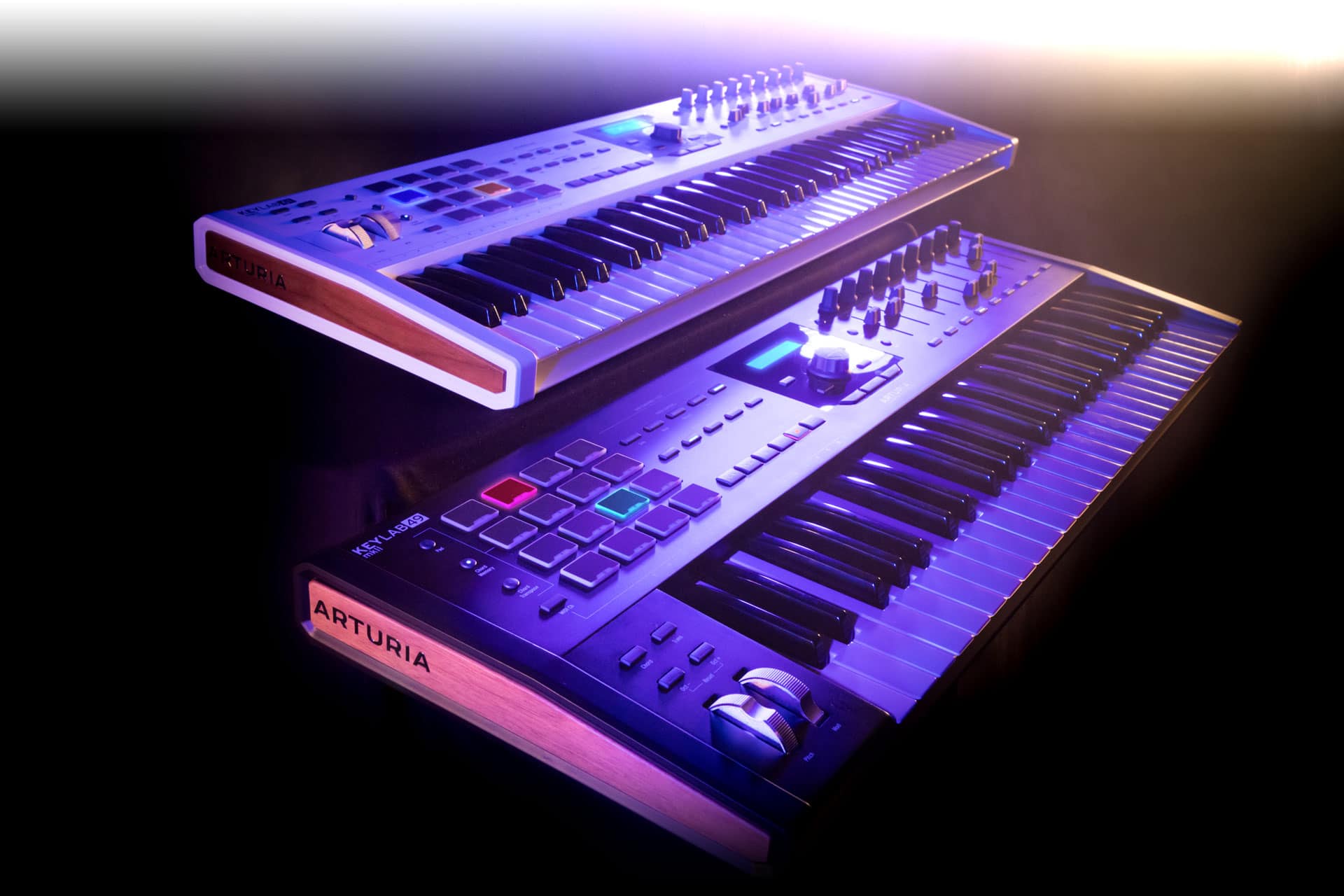
Producing great music and sounds has everything to do with your choice of equipment. Your midi keyboard Trusted Source MIDI keyboard - Wikipedia A MIDI keyboard or controller keyboard is typically a piano-style electronic musical keyboard, often with other buttons, wheels and sliders, used for sending MIDI signals or commands over a USB or MIDI 5-pin cable to other musical devices or computers. en.wikipedia.org will work well as a controller. However, to get the best out of it, you may need to connect it to another external source to listen and enjoy the sounds you’ve produced.
One of the external sources you can connect your keyboard to is another keyboard. Connecting two keyboards is good for your live performances and also great for your music production. It will do great in your music studio. We understand that not everyone knows how to connect a midi keyboard to another keyboard. In fact, the concept alone sounds complicated; this is why we have decided to write a comprehensive guide on how to go about it. Read on here for all you need to know about connecting a midi keyboard to another keyboard.
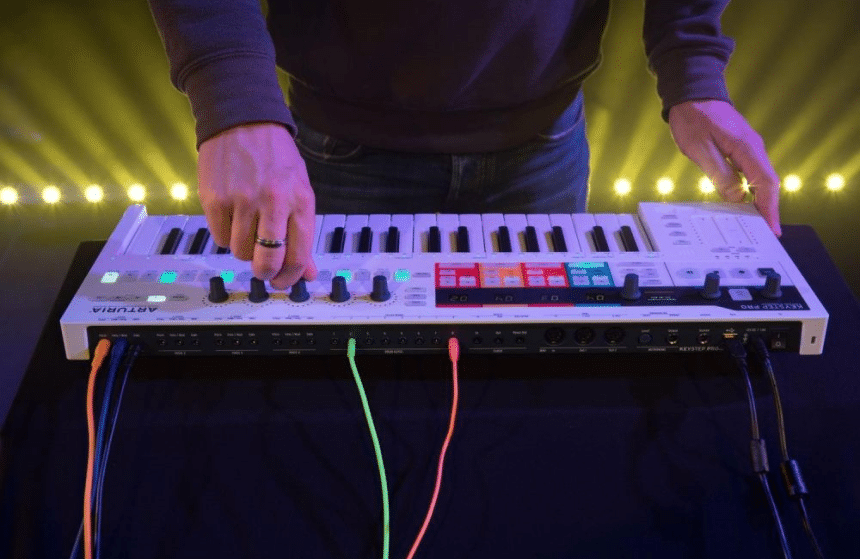
It can be used to send MIDI Commands to computers or other musical equipment like another keyboard. Other devices that you may need to process and produce sounds from a midi keyboard include the sound module, the synthesizer, and the computer.
The Acronym MIDI stands for Musical Instrument Digital Interface. This interface is a group of digital signals that send instructions to other musical instruments. Actually, most midi keyboards come with three different connectors. These are Midi In, Midi Out, and Midi thru. Below is a description of how these connectors work.
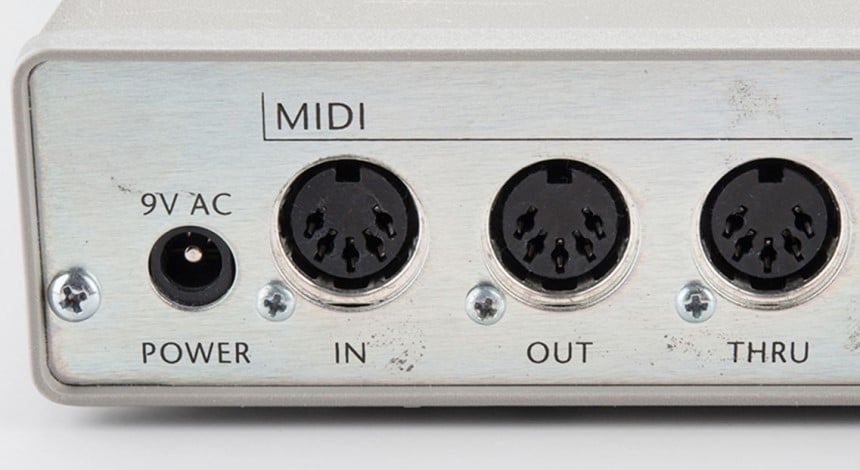 MIDI In
MIDI InThe MIDI In connector allows your MIDI keyboard receives MIDI data from other musical equipment.
The MIDI Out connector sends out the MIDI data to a receiving instrument.
With the MIDI Thru connector, you can link up more than two musical instruments. This way, you can easily retransmit the MIDI data you received at MIDI In.
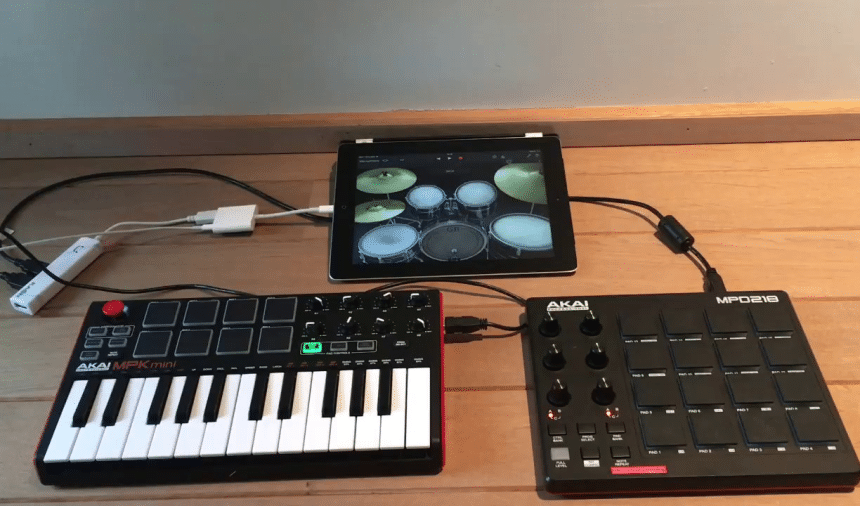
The process is quite easy. Just connect your MIDI cable to the MIDI Out on the first midi keyboard, and then connect the other side directly to the MIDI IN on your second keyboard. Once you do this, you can start duplicating the sound you play on your first keyboard to be replayed on the second keyboard.
The first keyboard is known as the master, and the second keyboard is usually referred to as the slave.
Due to the vital roles of each keyboard roles, it’s essential to rightly determine which of your keyboard should be the master and which should be the slave.
The master keyboard, which is also the first keyboard, should have all the needed presets. It should also have the ability to send control signals to the slave keyboard. By just a single button press on the master keyboard, you should be able to effect a program change on your MIDI keyboards. It is important to note that the ability to control the other MIDI equipment is a significant factor to consider when choosing your master keyboard.
After determining your master and slave keyboard, the next thing to do is connect the MIDI OUT cable from the master keyboard to the MIDI IN of the slave keyboard. It is that easy! Some keyboards even come with a USB cable for easy connection.
An example of such is the Arturia Minilab MKII inverted MIDI Controller. It doesn’t just have a USB cable. It also has some software like the analog lab lite and even a user’s manual.
If you have gotten this far, you will need to determine which data you want to send from your master keyboard to the other musical equipment. Besides, you also need to know how to transmit this data.
You can use the drum pads and the knobs together, and you may want to transfer the sound to the second keyboard while you play your keynotes on the first keyboard. This could happen if you’re going to create an orchestra effect in your music.
Making different sounds in your music will create an effect that will not only sound like multiple voices but will also give more life to the music. So, how do you achieve this?
On your master keyboard, you can create a program using different voices, tones, and pitches. You can then send these notes from your first keyboard to the second keyboard, or you can even combine the sounds made with extra voice again.
A midi keyboard like the Alexis V25 with its four assignable knobs and four assignable buttons will give your sound a top-notch effect. In fact, you can connect your MIDI to send information independent of other programs you’ve pre-arranged.
At this stage, you may be wondering what the MIDI Thru is for? Well, you can decide to add a third keyboard for a more mind-blowing effect. To include the third keyboard, you will need your MIDI Thru connector. This doesn’t mean that you can’t achieve a similar effect with your two keyboards, though.
If you don’t want to add a third keyboard, but you want to add other gears like a sequencer, a computer, or a sound module, you can also follow this process.
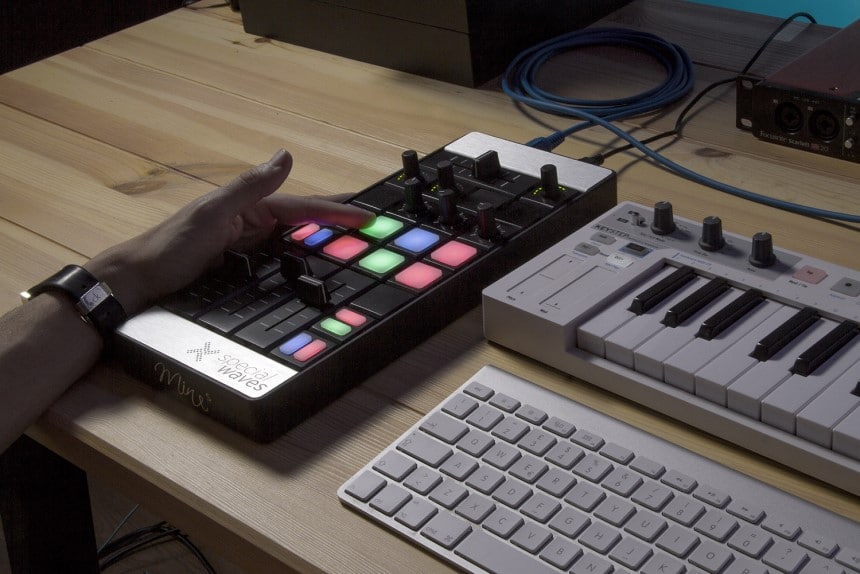 Final thoughts
Final thoughtsSo, there you have it- how to connect a midi keyboard to another keyboard. Using two Midi Keyboards for performance promises an exhilarating experience if you can practice enough to master the technique. Just remember the connectors, the MIDI In, the MIDI Out, and the MIDI Thru and how to use them effectively.
Also, remember that the MIDI Out always connects to the MIDI In. You can also connect more than two keyboards with the use of your MIDI THRU. That’s not all; you can even add other gears to increase the results you get when connecting two keyboards. The secret, however, is to practice till you become a pro!